The Golden Rules of Watercolor!
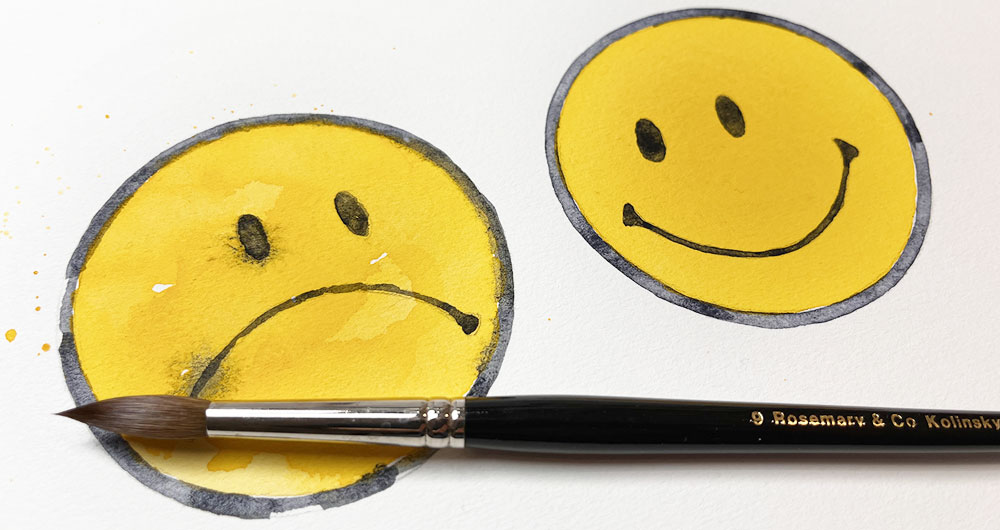
Would you like to know how to improve your watercolor skills to a level that surpasses 99% of beginners?
The answer is actually pretty simple… All you have to do is to understand the rules!
These rules are what I refer to as “The golden rules of watercolor”.
So in this lesson I want to share with you my “golden rules” that have helped me transform my watercolor art over the years. And you’ll see just how surprisingly easy it can be to make a big difference in your watercolors once you understand and apply these principles.
And BTW, the final rule at the end of this lesson is probably the most fun of them all 🙂
These rules are not in any particular order, but many of them are interrelated.
Rule Number 1: Work Light To Dark
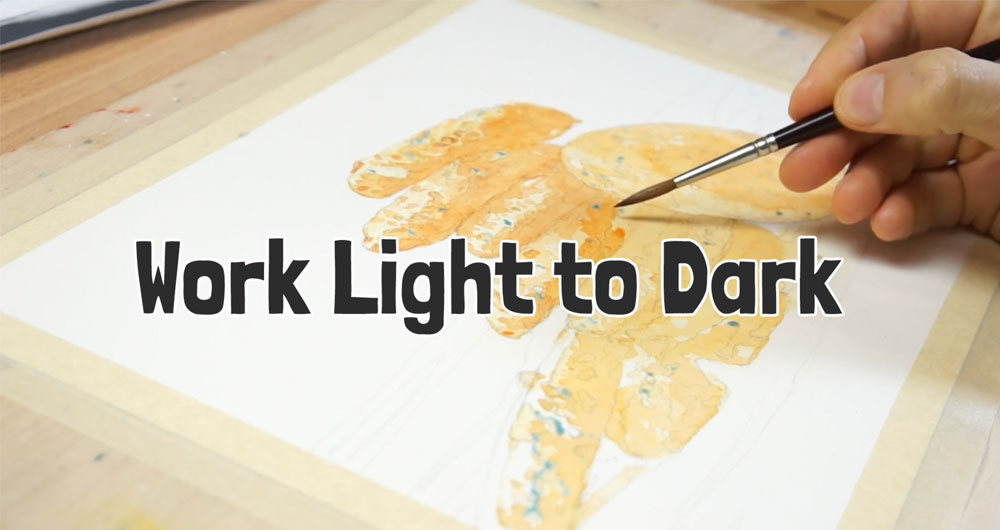
To understand the first rule, consider what is it about painting in watercolors that differs from any other painting medium?
The answer is: Work from light to dark!
This is the traditional approach to building up a subject in watercolors. It’s one of the first things newcomers need to grasp, and it’s actually quite unique to watercolor paints…
Painting like this often requires a bit of forward planning. And for artists who come to watercolors from other traditional paints, like oils or acrylics, it means re-learning the painting process, since watercolors are painted in reverse compared to other types of paint mediums!
There are a few good reasons why “light to dark” is the favored method. And they mostly arise from the transparent nature of watercolor paints. This transparency means that each layer of paint in watercolors allows the layers underneath to show through to some extent. So starting with lighter colors allows for a gradual buildup of tonal values and shades.
Rule Number 2: Watercolor Lightens When it Dries
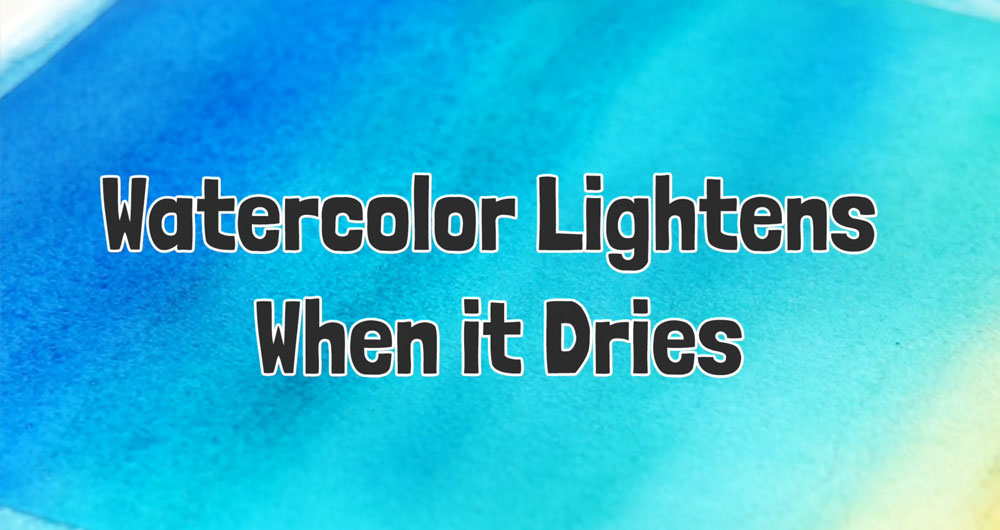
If you’ve used watercolor for a while you may have noticed this:
Watercolor lightens when it dries.
Watercolors undergo a drying shift (in other words they lighten and lose some of their color saturation).
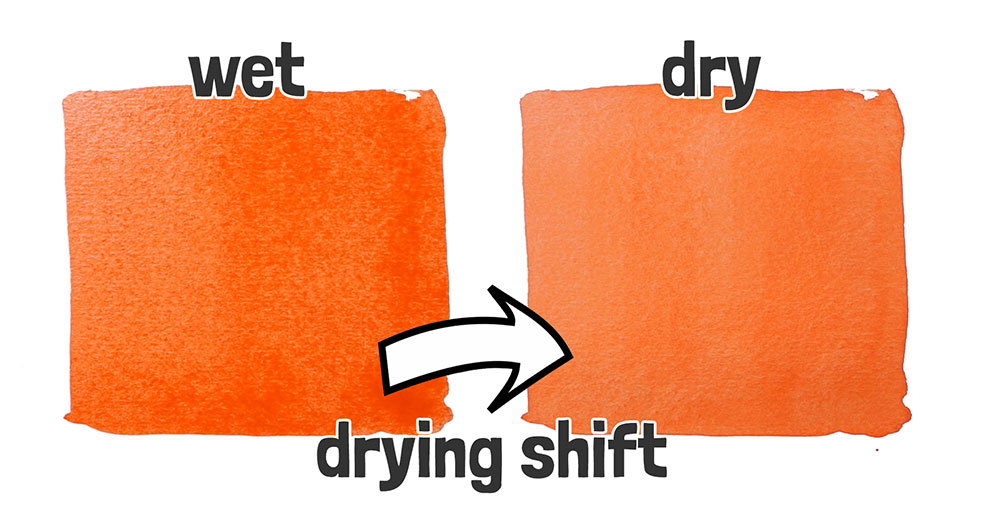
This lightening effect when dry is mostly due to the change in concentration of pigments on the surface of the paper when the water evaporates.
When the paint is wet, the water and binder in the paint concentrate the colored particles, making the colors look very strong and vibrant. This is because at this stage the pigments don’t scatter the light very much. “Scattering light,” means that the light is being spread around in different directions, making things appear less concentrated and less colorful.
When watercolors dry, all the water evaporates… Some pigments are left on the surface, but the smallest particles sink into the paper’s cellulose fibers where they are hidden from light. As a result colored light from the pigment’s is less likely to be reflected back to the viewer’s eye, making the paint look faded.
Understanding this rule allows artists to compensate by using a slightly stronger pigment concentration when they mix colors.
Rule Number 3: White Comes From the Paper
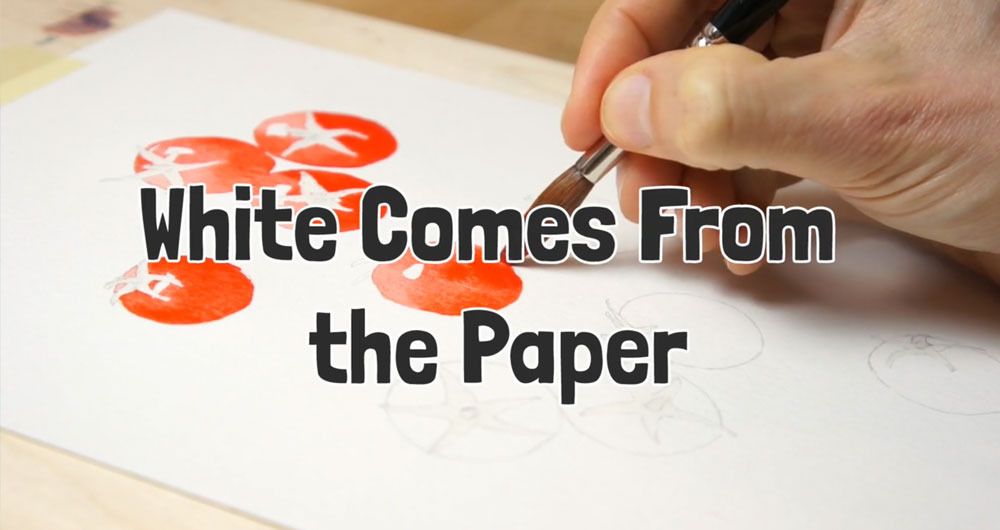
In a lot of my paintings you’ll see that I like to add some crisp white highlights to my subjects. Anything white like those highlights are planned at the beginning of the painting process. And this is because of rule number three:
In watercolors, white comes from the paper.
Watercolor is a bit different than oils or gouache. Instead of slapping on white paint, the white and lighter tones actually come from the paper itself.
This is another reason why we tend to paint from light to dark. Any white shapes need to be planned in advance. For example, the highlights I mentioned are often created using masking fluid. The masking protects the paper surface during the painting process and the highlights remain white!
The same is true for any lighter toned colors. Because watercolors are transparent, when you paint a diluted wash of color the whiteness shows through.
So the paper actually plays an important role in a watercolor painting. Planning your whites in advance becomes second nature when you’ve painted for a while in watercolors.
Rule Number 4: Watercolors are Transparent
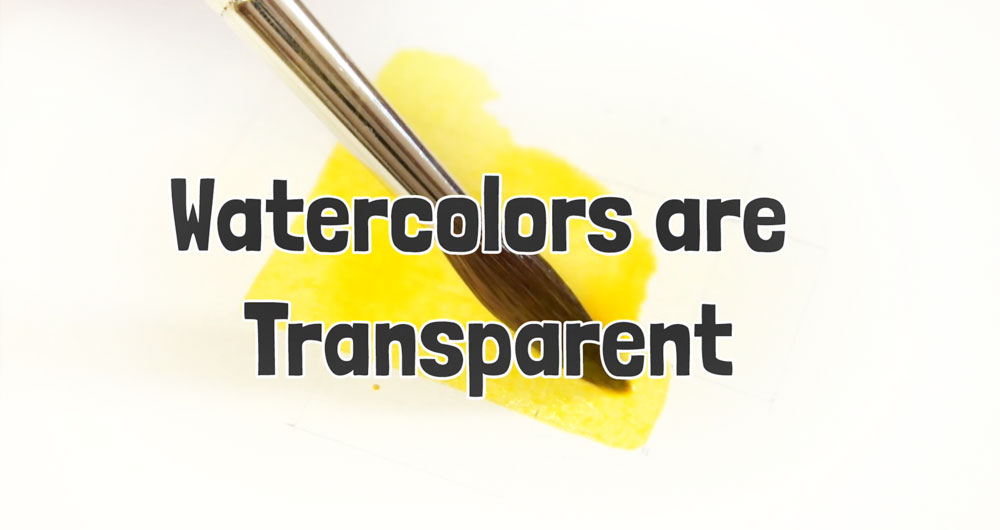
In watercolor painting, transparency is a prevailing characteristic. This golden rule underscores the unique quality of watercolor paints, which are by nature transparent (it must be something to do with all that water!)
And of course, because of this transparency, this leads us to the technique known as glazing.
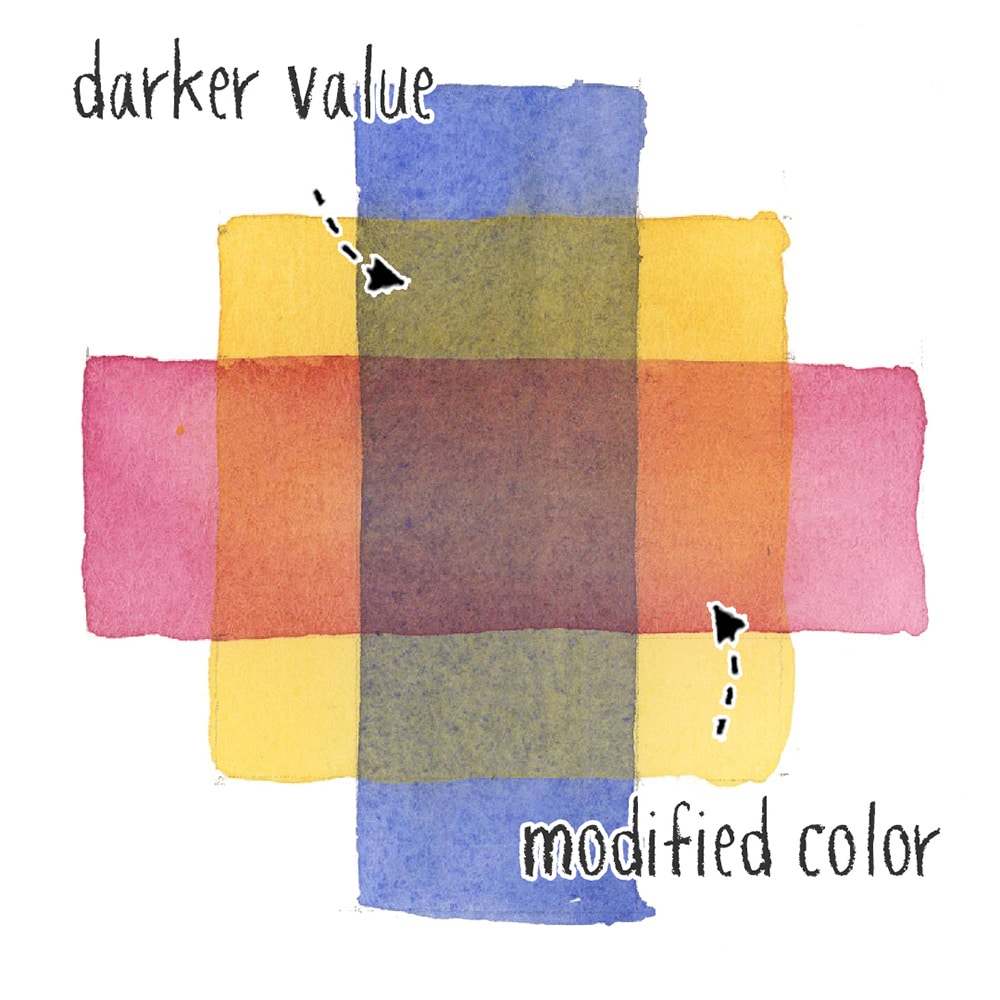
Artists can achieve remarkable effects by applying multiple layers of color. Glazing involves overlaying one transparent wash of color onto a previously dried layer of paint. Each underlying hue influences the final appearance, and artists can build up layers to intensify tones, and create subtle blends in their paintings.
It’s a bit like color mixing directly on the paper, using layer upon layer to create the final result.
This transparency introduces depth and complexity to watercolor artworks.
Rule Number 5: Wet-on-wet and Wet-on-dry
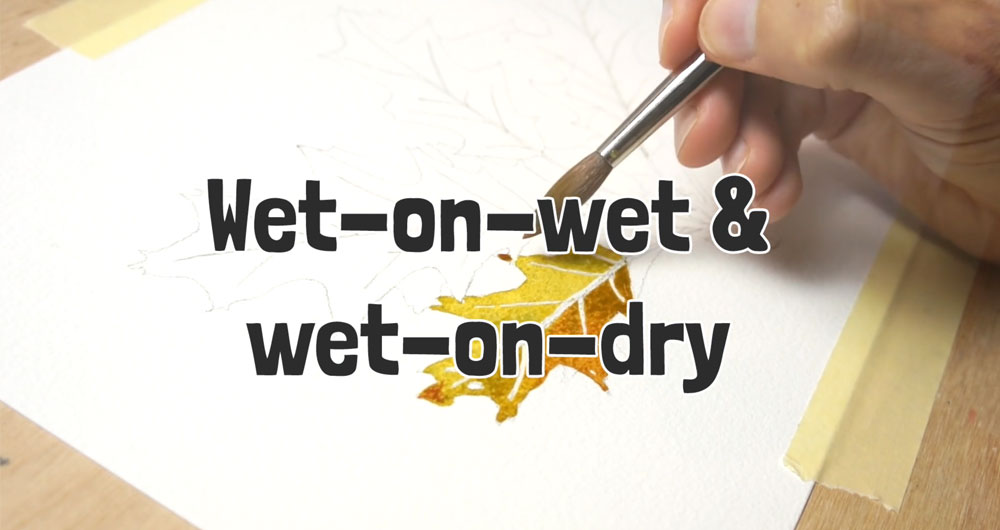
There are two fundamental techniques in watercolor painting. You can’t escape them… they are:
Together, these techniques form a golden rule that is unique to watercolors, and highlights the broad range of possibilities in watercolor painting.
Wet-on-wet involves applying paint to a wet surface. Colors to blend seamlessly and fluidly with this method.
On the other hand, wet-on-dry involves applying paint to a dry surface. This gives precise control over your brush marks. And it’s great for creating fine details and sharp lines.
Mastering these two techniques of wet-on-wet and wet-on-dry enables artists to navigate between controlled precision and free-flowing expression.
Rule Number 6: Respect the Water Cycle
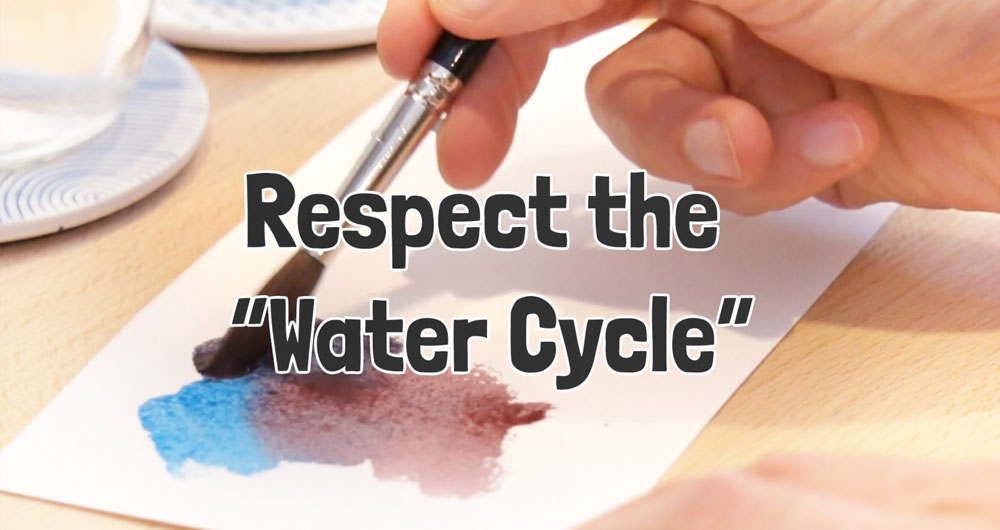
Wet-on-wet and wet-on-dry painting wouldn’t be possible without this rule!
A wet wash applied to watercolor paper goes through different drying phases. This is referred to as the “water cycle”. In general, the paper undergoes four distinct states that you should look out for.
- Dry
- Damp
- Moist
- Wet
These states affect the way pigments react on the paper surface.
Water control is one of the biggest struggles for new watercolor artists. Most issues revolve around the wetness of the paper and the wetness of the brush.
Try to observe what happens when you paint!
Learning watercolor’s behavior in each stage of the water cycle can greatly improve your control over this medium!
Rule Number 7: Timing is Everything!
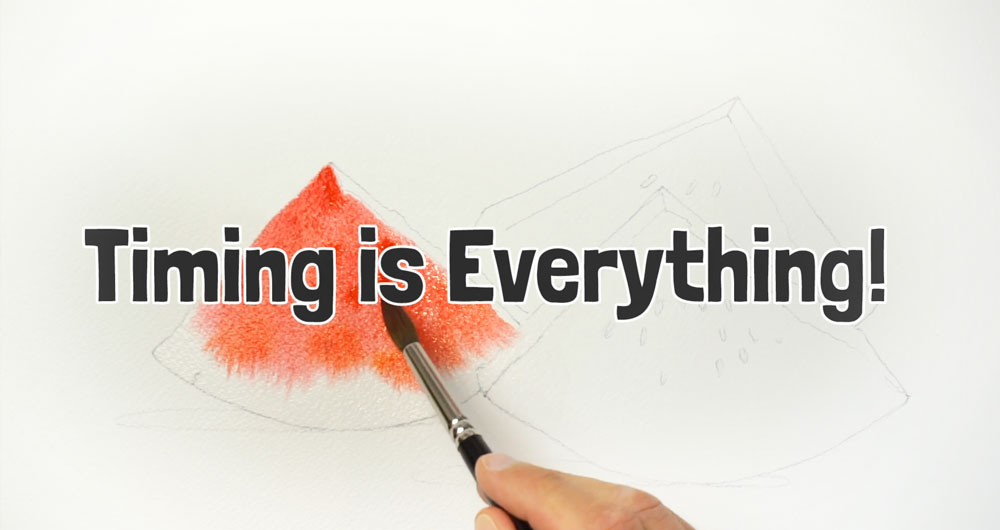
The water cycle in watercolor painting introduces an additional challenge, leading us to the rule of “timing.”
Watercolor dries relatively fast.
You need to get the brush marks down and work with your pigments while the surface is still moist. When the paint dries, trying to make corrections can be challenging. And you run the risk of painting a wash that ends up with streaky brush marks!
Learning to paint fast and working quickly when needed, but also taking advantage of the moist stage of the paper drying cycle, are all important aspects of mastering the rule of timing in watercolor painting.
Rule Number 8: Don’t use Black !
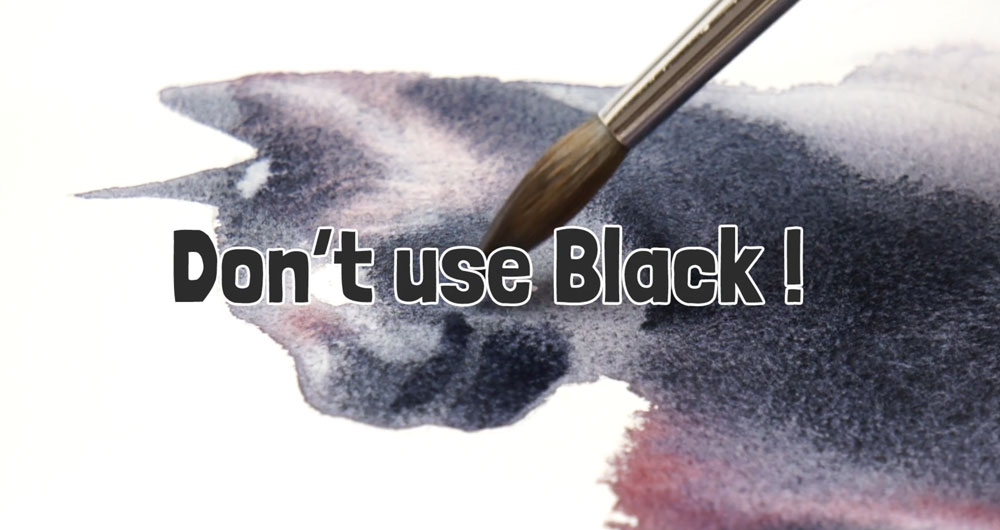
Many watercolor artists stick to the rule of not using black!
Not using black paint might sound a bit rigid, but it’s common practice among watercolor enthusiasts.
Instead of reaching for that tube of black paint, many artists chose to mix their dark tones using a combination of other colors.
Why?
Well, for example, using a mix of complementary colors to create dark hues produces more vibrant neutral colors. It allows for a subtler, more nuanced range of tones for shadows and shading. Using the same colors as the subject for mixing your blacks will harmonize them more effectively with the overall painting.
So, next time you’re tempted to grab that black tube, pause for a moment, and consider the vibrant spectrum of colors at your disposal.
Rule number 9: Break the Rules!
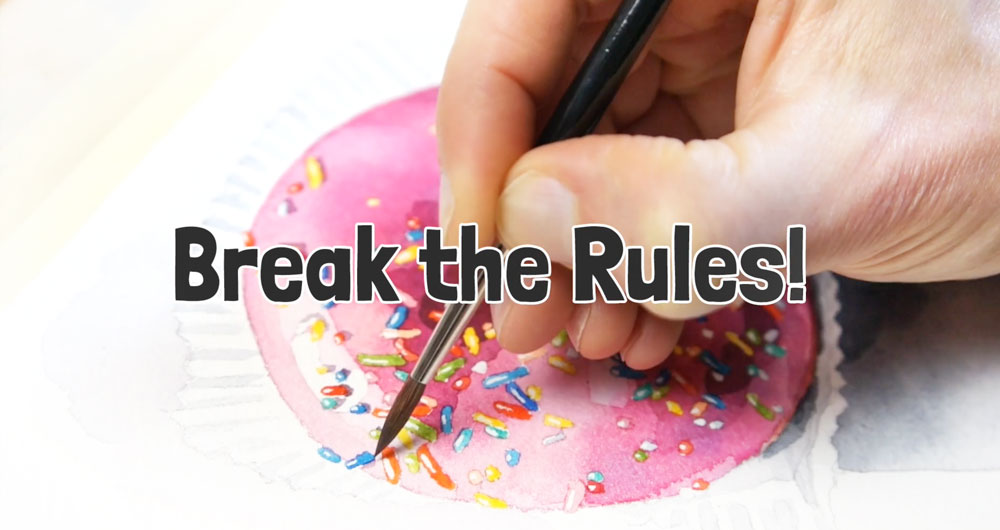
The final rule is: don’t forget to break the rules 🙂
Now that you know the rules, occasionally you should break them! Sometimes… Rules are meant to be broken. Breaking the rules might just unlock a new level of creativity in your watercolor journey!
So I would encourage you to experiment with these rules and come to your own conclusions! Break them! Do things differently, and see what you learn 🙂
As a bonus you can download the Free PDF worksheet for this lesson here:
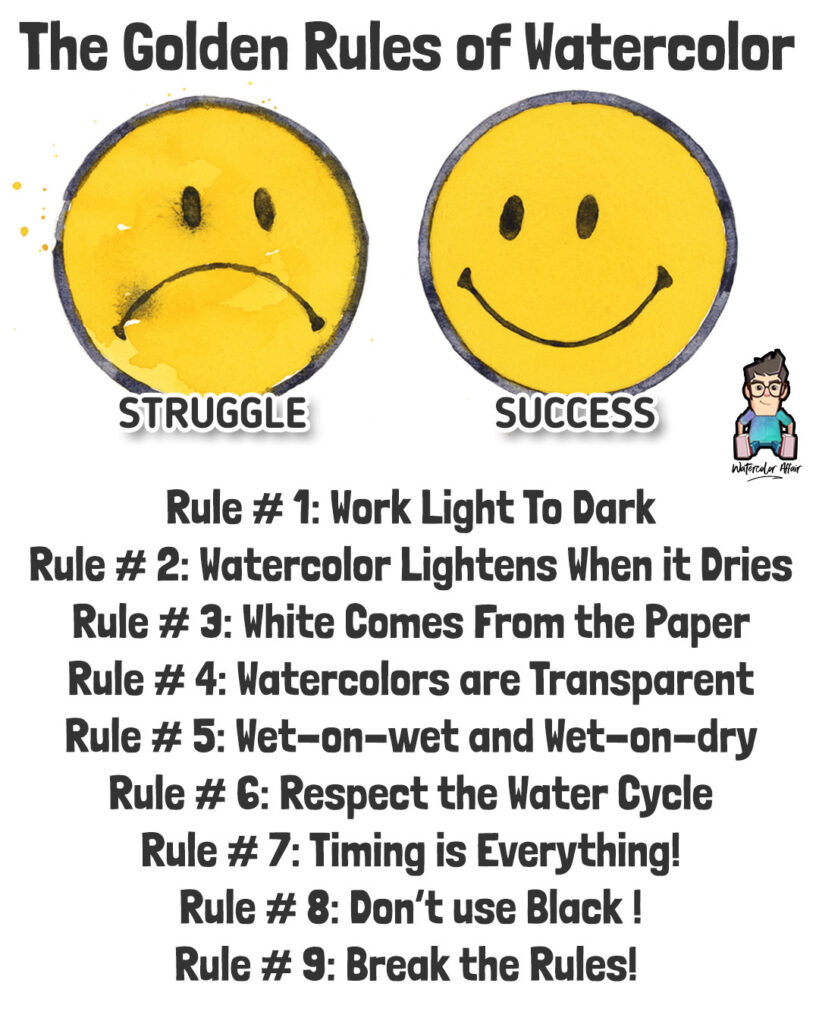

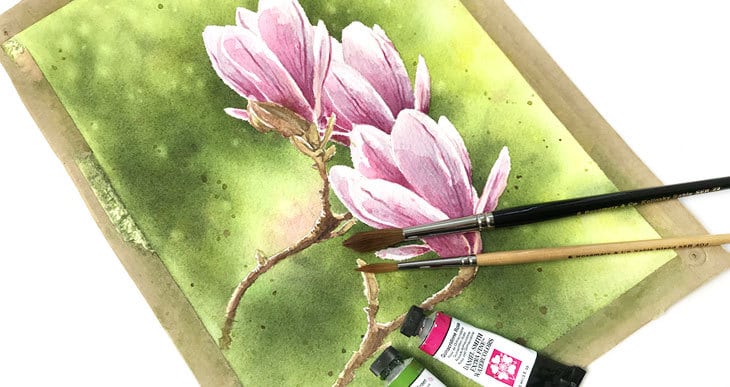
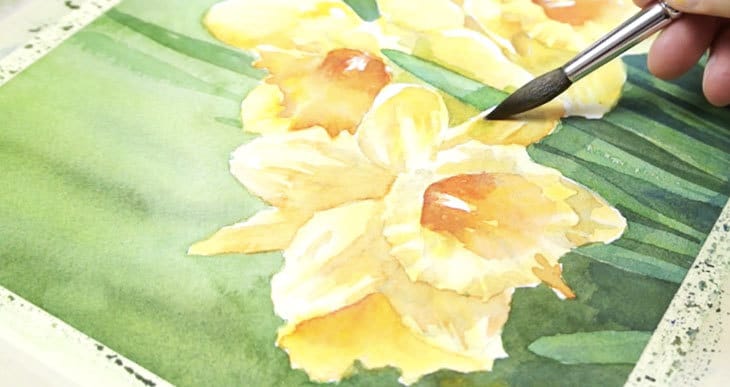
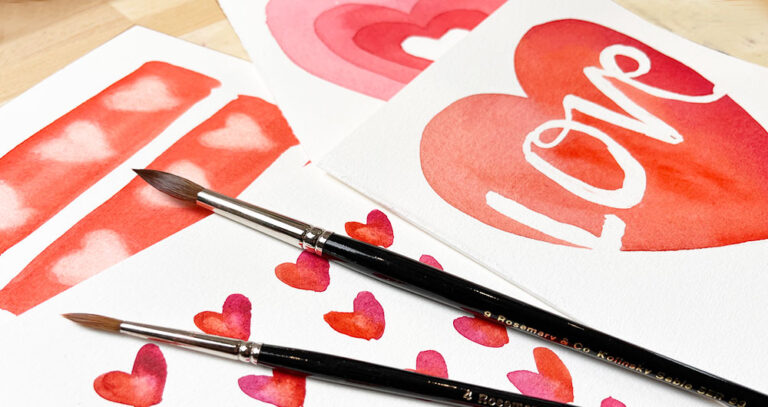
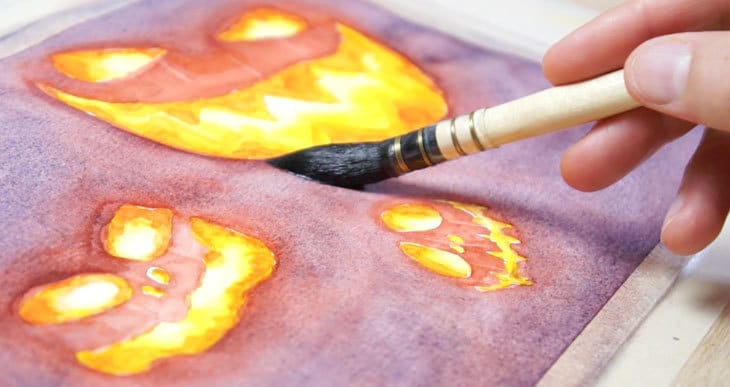
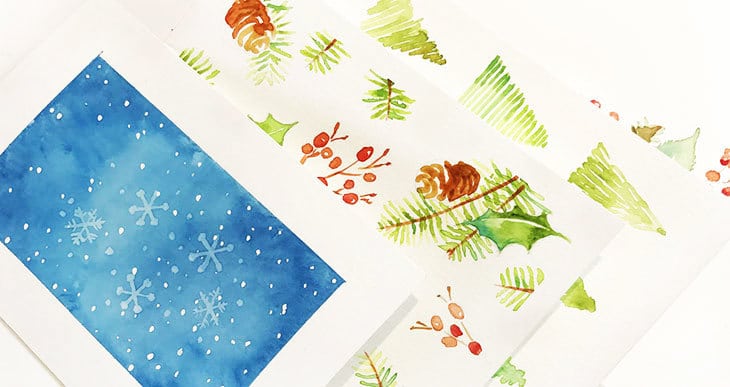
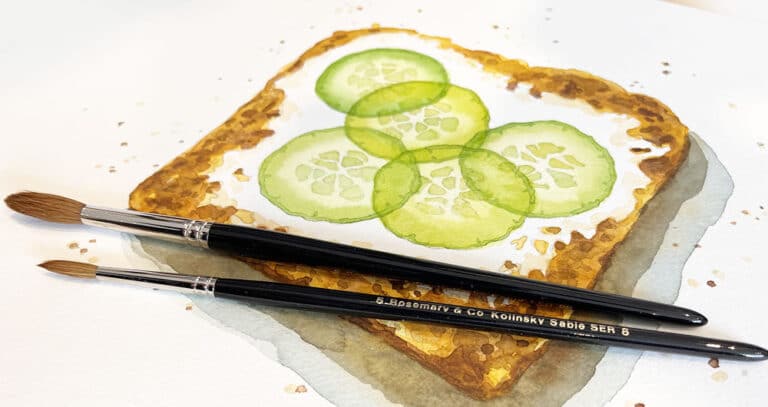
Thank you,I learnt about not using black! Really good tutorial! Thank you!
Fantastic!!!!
🙂